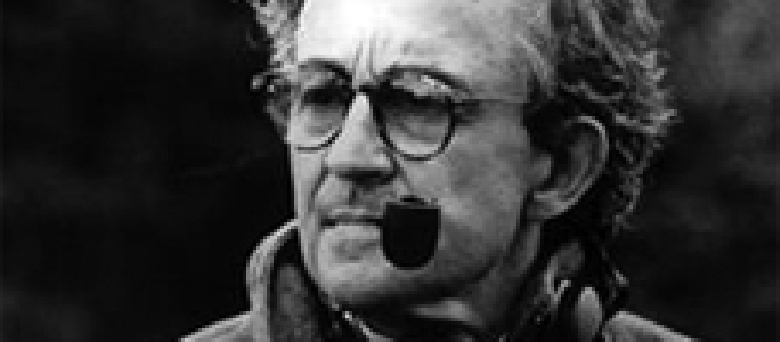Credits
Feature by: Matt Bailey, Leo Goldsmith, Evan Kindley, Jonathan Foltz, and Michael Nordine
Posted on: 16 November 2010
As critical bromides go, the notion that Louis Malle is impossible to categorize is a tough one to shake. In terms of both acclaim and box-office receipts, he seemed equally at home in France and America, though he was tethered to the film industries of neither. And although he was a contemporary and neighbor of the Nouvelle vague – sometimes a forerunner and sometimes a satirist of it – Malle was nonetheless never quite affiliated with it, though he shared many of the same personnel, production habits, and European co-production funding sources as his Cahiers contemporaries. More curious still, Malle’s films never seem to settle into any discernible matrix of motifs or moods. Over the course of his forty-year film career, he directed documentaries (like Calcutta and God’s Country) and historical dramas (Pretty Baby and Au revoir les enfants), cool crime thrillers (like Elevator to the Gallows and Atlantic City) and steamy romances (The Lovers, Damage), and the most famous dinner conversation in film history.
Less cordial critics have traditionally taken this variegated and somewhat unmoored style as the indication of an impersonal director. David Thomson, always ready with a compact and superficial characterization, famously finds his work to be cold and glossy, even commercially opportunistic. But this reading almost certainly derives from Malle’s awkward relationship to the politique des auteurs, especially his own avowed disinterest in foregrounding auteurist hallmarks as well as his unapologetic status as a well-trained and technically accomplished director.
But even if we accept the labeling of Malle as a “technical” director, this doesn’t quite account for his strange mix of commercial appeal and arthouse aesthetics, or his near-Premingerian flair for provocative subject matter (incest, Vichy collaborators, India’s caste system). Nor do claims of inconsistency or opportunism explain away the director’s astonishing list of collaborators: Malle sought the participation of a breathtaking (and occasionally head-scratching) array of international artists, from Miles Davis to Michael McDonald, Sven Nykvist to Henri Decäe, Jeanne Moreau to Brooke Shields, Burt Lancaster to Wally Shawn. He cut his teeth as Robert Bresson’s assistant director before making his first film, an Oscar-winning collaboration with Jacques Cousteau, The Silent World, and would sustain this charmed and extremely varied career until his last film, an adaptation of André Gregory’s Vanya on 42nd Street, adapted by David Mamet. And if that’s not enough, he was also married to Candice Bergen.
In anticipation of our screening of his anarchic urban fantasia Zazie dans le métro at 92YTribeca on November 20th, we’ll be sampling from Malle’s impressively catholic output, tracking the stylistic through-lines and major themes of an oeuvre whose seemingly sole consistent elements are its continual inventiveness and unflagging craftsmanship.
Introduction by Leo Goldsmith
By Matt Bailey, Leo Goldsmith, Evan Kindley, Jonathan Foltz, and Michael Nordine ©2010 NotComing.com
Reviews
-
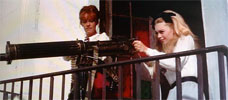
Viva Maria!
1965 -
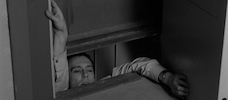
Elevator to the Gallows
1957 -
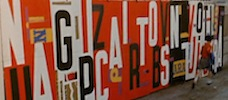
Zazie dans le métro
1960 -
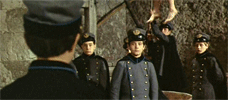
William Wilson
1968 -
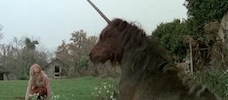
Black Moon
1975 -
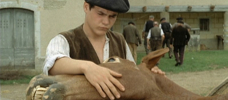
Lacombe, Lucien
1974 -
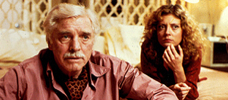
Atlantic City
1980 -
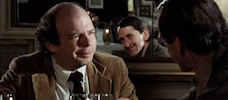
My Dinner with Andre
1981 -
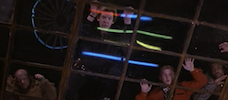
Crackers
1984 -
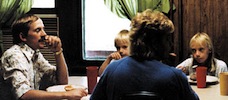
God’s Country
1985 -

Vanya on 42nd Street
1994
We don’t do comments anymore, but you may contact us here or find us on Twitter or Facebook.



